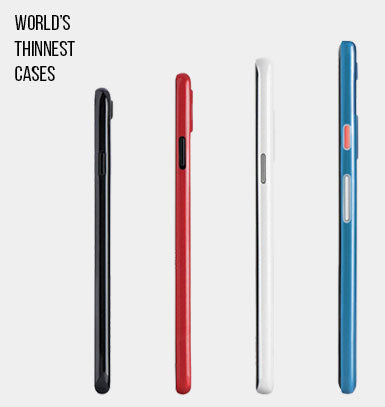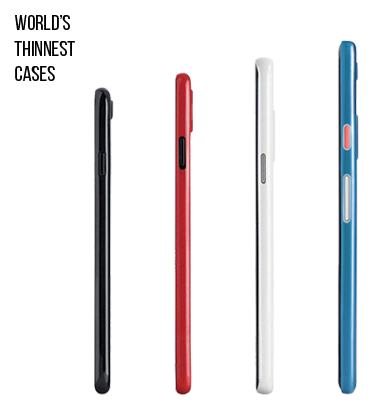The Curved Cell Phone Screen Revolution
While it's been almost three years since the world's first curved-display smartphone was released, most of today's smartphones still sport regular, flat screen panels, because they are cheaper and easier to produce. However, curved display handsets are becoming mainstream, especially when it comes to high-end models, and now there are multiple smartphones featuring screens that [...]
While it's been almost three years since the world's first curved-display smartphone was released, most of today's smartphones still sport regular, flat screen panels, because they are cheaper and easier to produce. However, curved display handsets are becoming mainstream, especially when it comes to high-end models, and now there are multiple smartphones featuring screens that are curved in some way. In other words, curved smartphones are the future. If you are like most gadget-loving fans, you are tempted by the newest offerings for smartphone technology. But, should you jump on the curved screen bandwagon now?
With Samsung and LG putting curved screens into increasingly attractive handsets, curves are clearly here to stay. While Apple has been slow to jump into the curved screen trend, according to KGI Securities analyst Ming-Chi-Kuo, they are considering overhauling its next iPhone design to incorporate new display technology, including a curved screen, and, if resources permit, an AMOLED display. Featuring the same “glass sandwich” styling of the iPhone 4 and 4s, curved panels on both the back and front will result in thinner edges. The curved design is likely to make the so-called iPhone 7 appear smaller than the existing 5.5 iPhone models, even though it’s 5.8-inch screen will be larger.
While many people dismissed the concept as gimmicky, the popularity of models like the Galaxy Note show people are finding the curved shape has benefits.
The Benefits of Curves
With smartphones becoming more powerful and 4G technology becoming more widespread, we’ve begun using our phones more often to play games and watch videos – both activities that are enhanced by curved screens. They reduce reflections and are more immersive, which is why so many new televisions feature them as well. The curved shape also allows for larger screens, as reaching the corners is less of a stretch, and utilizes more of the screen even on normal sized handsets, making them appear bigger.
If you are someone who still uses your smartphone to talk to people, you’ve probably noticed that one of the problems with flat phone design is that inevitably either the phone isn’t close enough to either your ear or your mouth. Curved phones not only have gently sloped backs which fit easily into the contours of your hands, making them more comfortable to use, but the curved screen hugs your face (like old-fashioned corded phone handsets used to) for more pleasant phone conversations.
Because curved shapes have more structural integrity than straight ones, theoretically, curved screens may be stronger and more resilient than their flat counterparts, especially when their flexibility allows them to bend instead of breaking.
Curved Screen Technology Makes Sense
With even lower-end smartphone models delivering impressive performance, when it comes to power and other innovations, smartphones are leveling out – battery advancements are developing too slowly to drive competition, and screens are now teetering on 4K resolution. There has been some focus on camera innovation, but that is limited right now due to lens limitations. Developments such as curved screens are the obvious next step in smartphone technology, and due to the flexible nature of newer screen materials, more advances like foldability and the ability to adapt the shape and size to different applications probably won’t be far behind.
Curved screen technology doesn’t just make sense in televisions and smartphones, but also for applications such as virtual reality devices like Google Cardboard, Impression Pi, Gear VR and Merge VR that use smartphones, as well as wearables like the Samsung Gear S.
When you invest in the latest smartphone technology, you need to protect your investment against damage from bumps, drops and spills. Your Galaxy S7 might be state of the art, but it needs protection, too. If you are ready to invest in new technology, you need to protect it. Ultimate Shield provides the best protection for all of your smart devices.
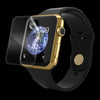 Apple Watch Series 1 / 2 / 3 Invisible Film Screen Protector
Apple Watch Series 1 / 2 / 3 Invisible Film Screen Protector 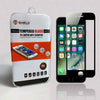 Apple iPhone 7/8/SE (Black) Tempered Glass Screen Protector
Apple iPhone 7/8/SE (Black) Tempered Glass Screen Protector 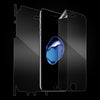 Apple iPhone 7/8/SE Invisible Film Screen Protector
Apple iPhone 7/8/SE Invisible Film Screen Protector 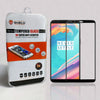 OnePlus 5T Tempered Glass Screen Protector (Black)
OnePlus 5T Tempered Glass Screen Protector (Black) 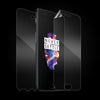 OnePlus 5 Invisible Film Screen Protector
OnePlus 5 Invisible Film Screen Protector 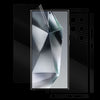 Samsung Galaxy S24 Ultra Invisible Film Screen Protector
Samsung Galaxy S24 Ultra Invisible Film Screen Protector 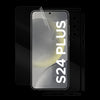 Samsung Galaxy S24 Plus Invisible Film Screen Protector
Samsung Galaxy S24 Plus Invisible Film Screen Protector 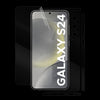 Samsung Galaxy S24 Invisible Film Screen Protector
Samsung Galaxy S24 Invisible Film Screen Protector 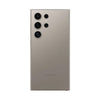 Ultimate Thin Case for Samsung Galaxy S24 Ultra
Ultimate Thin Case for Samsung Galaxy S24 Ultra 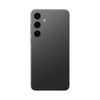 Ultimate Thin Case for Samsung Galaxy S24 Plus
Ultimate Thin Case for Samsung Galaxy S24 Plus 